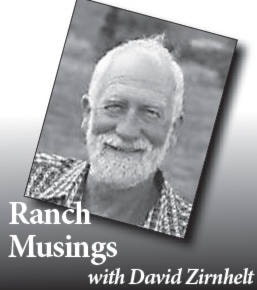Spring; we thought it was, then it snowed three inches.
Fortunately, it didn’t stay.
We want moisture in the spring, but not too much because we also want heat to grow our crops.
What we want we don’t always get.
I have been thinking what we need to do if the weather is more unpredictable, or if it is more prone to big variations.
We are told that the winters are on average milder, that spring can be cooler, summer hotter and ‘droughtier’, and fall cooler.
For details check this website:
https://www.bcagclimateaction.ca/regional/cariboo/
Changes can be highly specific with respect to micro-climates, so you need to drill down in this information to find changes predicted for your specific location.
We don’t have very many weather stations so more would be good.
You can set up your own and feed the data into the Pacific Climate Impacts Consortium.
Or better still community groups can collaborate and purchase the equipment. It was just over $1,000 a few years ago.
The reason I mention this is because when I helped “rescue” some nut trees that were being grown at the experimental station at Tranquille, outside Kamloops, and which were threatened by the station closure, some tree experts questioned the viability growing nuts in my part of the Cariboo.
The head of the rescue team from the tree seed orchard in Vernon countered to the skeptics that they should check out the climate projections from where we lived. Many of those trees survived.
Now this all depends where you are in our region.
READ MORE: Wealth of ranching knowledge ripe for the taking
We have influences from the south, the west and the east. The south influence is warmer, the east wetter, and the west is drier.
These influences are all mixed up.
Another reason you need to research and maybe keep your own data.
But if you can’t figure out the changes, but you sense climate is changing and you want to be risk adverse you can ensure diversity in your plantings and management.
Gardeners are noticing changes, but I doubt many of these are researched.
But, discussing the yields from last year, it seems that there were bumper crops and near crop failures not experienced in years gone by.
For example, corn was good here probably because of the hot dry summer.
Cole crops like cauliflower did not do well because of the heat. Some apples did well, other didn’t. And so forth…
What to do about this situation?
Plant early and be prepared to plant again in case germination is poor or it doesn’t warm up. Maximize your varieties—share seeds with neighbours and plant a little of each variety.
Keep good track of planting and harvest dates.
Early crops and late crops might be grown in cold frames or green houses.
I wish someone would write a book about gardening here in the Cariboo.
The closest I have come to books on gardening in the Cariboo are: Dave Havard’s Gardening between the Frosts, 1986 writing about Quesnel to Prince George and West to Terrace; and Melanie Watts,” Growing Food in a Short Season, mostly about Northern B.C.
David Zirnhelt is a member of the Cariboo Cattlemen’s Association and chair of the advisory committee for the Applied Sustainable Ranching program at Thompson Rivers University in Williams Lake.
Do you have a comment about this story? email:
editor@wltribune.com
Like us on Facebook and follow us on Twitter.
